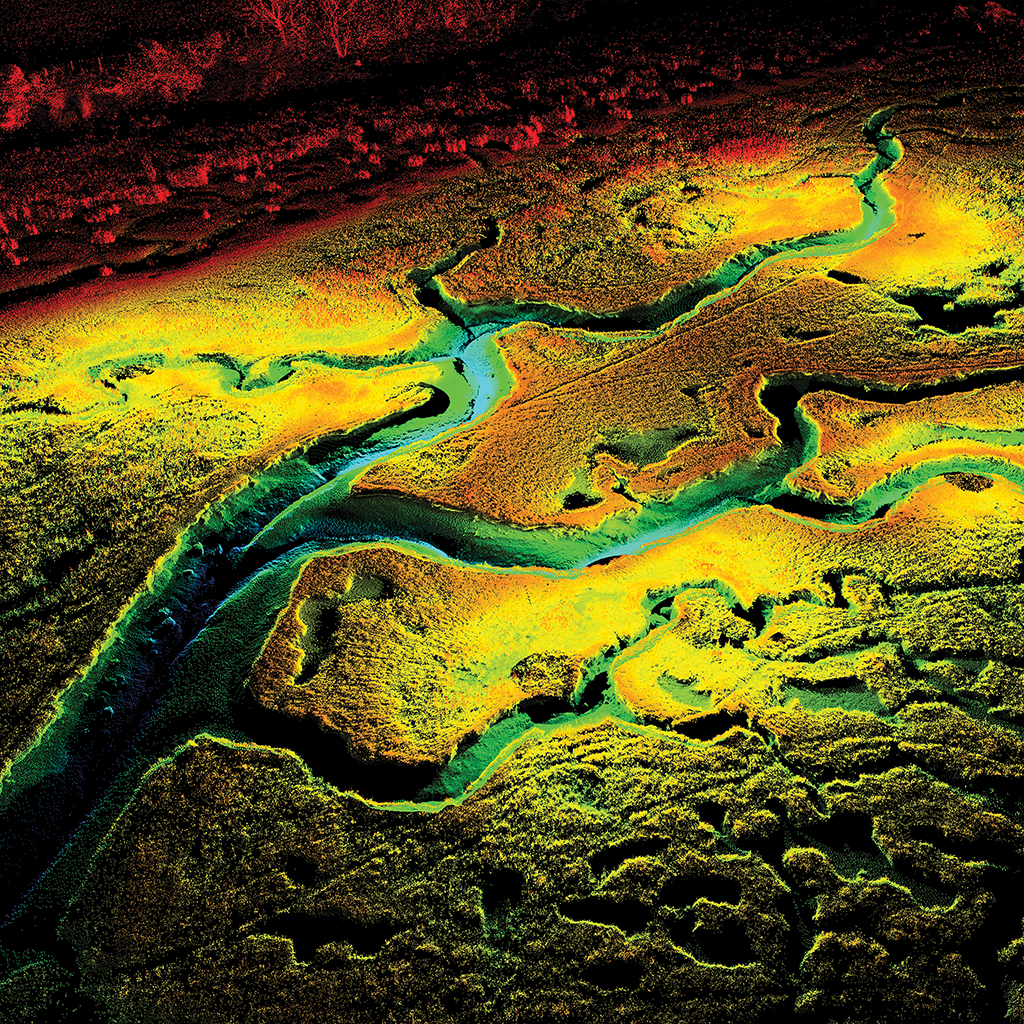Three-dimensional digital mapping of ecosystems: a new era in spatial ecology
D’Urban Jackson T, Williams GJ, Walker-Springett G, Davies AJ
https://doi.org/10.1016/j.dsr.2019.103147
Ecological processes occur over multiple spatial, temporal and thematic scales in three-dimensional (3D) ecosystems. Characterizing and monitoring change in 3D structure at multiple scales is challenging within the practical constraints of conventional ecological tools. Remote sensing from satellites and crewed aircraft has revolutionized broad-scale spatial ecology, but fine-scale patterns and processes operating at sub-metre resolution have remained understudied over continuous extents. We introduce two high-resolution remote sensing tools for rapid and accurate 3D mapping in ecology—terrestrial laser scanning and structure-from-motion photogrammetry. These technologies are likely to become standard sampling tools for mapping and monitoring 3D ecosystem structure across currently under-sampled scales. We present practical guidance in the use of the tools and address barriers to widespread adoption, including testing the accuracy of structure-from-motion models for ecologists. We aim to highlight a new era in spatial ecology that uses high-resolution remote sensing to interrogate 3D digital ecosystems.
D’Urban Jackson Tim, Williams Gareth J., Walker-Springett Guy and Davies Andrew J. Three-dimensional digital mapping of ecosystems: a new era in spatial ecology. Proc. R. Soc. B, 287. http://doi.org/10.1098/rspb.2019.2383


